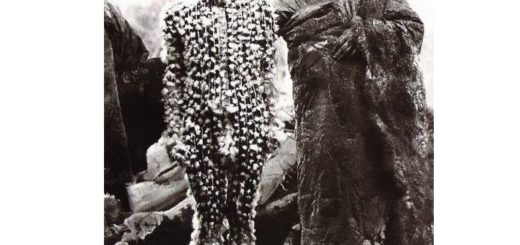NASA has visualized what supernovae and colliding galaxies ‘sound’ like
Bullet Cluster, which provided first evidence of dark matter, can be seen via gravitation lensing in video
If you’ve ever wondered what space sounds like, NASA has you covered.
The space agency has posted several videos of what two supernovae and a colliding cluster of galaxies “sound” like, thanks to its “data sonification” program.
The Bullet Cluster, a cluster of galaxies 3.7 billion light-years from Earth that provided the first evidence of dark matter, can be seen via gravitation lensing in this video.
“In converting this into sound, the data pan left to right, and each layer of data was limited to a specific frequency range,” NASA wrote on its website. “Data showing dark matter are represented by the lowest frequencies, while X-rays are assigned to the highest frequencies. The galaxies in the image revealed by Hubble data, many of which are in the cluster, are in mid-range frequencies. Then, within each layer, the pitch is set to increase from the bottom of the image to the top so that objects towards the top produce higher tones.”
The Chandra X-ray Observatory, which has been looking at far-off galaxies for nearly a generation, helped in the production of this video of the Crab Nebula, which was first discovered in 1054 A.D.
NASA added that the “enduring engine” of the nebula can be seen with modern telescopes. The rotation of the nebula and its strong magnetic field, which “generates jets of matter and anti-matter flowing away from its poles,” were translated into different wavelengths, each paired with a different family of instrument.
“X-rays from Chandra (blue and white) are brass, optical light data from Hubble (purple) are strings, and infrared data from Spitzer (pink) can be heard in the woodwinds,” NASA added. “In each case, light received towards the top of the image is played as higher pitched notes and brighter light is played louder.”
The third video shows the visualization of a supernova explosion known as Supernova 1987A, discovered in 1987.
Supernova 1987A, which is approximately 168,000 light-years from Earth, “was one of the brightest supernova explosions in centuries,” NASA explained on its website.
The time-lapse video shows observations taken between 1999 and 2013, with the Chandra X-ray Observatory indicated by the blue and the Hubble indicated in orange and red.
“This shows a dense ring of gas, which was ejected by the star before it went supernova, begins to glow brighter as the supernova shockwave passes through,” NASA continued. “As the focus sweeps around the image, the data are converted into the sound of a crystal singing bowl, with brighter light being heard as higher and louder notes. The optical data are converted to a higher range of notes than the X-ray data so both wavelengths of light can be heard simultaneously. An interactive version lets the user play this astronomical instrument for themselves.”




 Creators of mankind
Creators of mankind Description of “Tall white aliens”
Description of “Tall white aliens” Where they came from?
Where they came from? About hostile civilizations
About hostile civilizations The war for the Earth
The war for the Earth “Tall white aliens” about eternal life
“Tall white aliens” about eternal life Video: “Nordic aliens”
Video: “Nordic aliens” Aliens
Aliens Alien encounters
Alien encounters The aliens base
The aliens base UFO
UFO Technology UFO
Technology UFO Underground civilization
Underground civilization Ancient alien artifacts
Ancient alien artifacts Military and UFO
Military and UFO Mysteries and hypotheses
Mysteries and hypotheses Scientific facts
Scientific facts


















